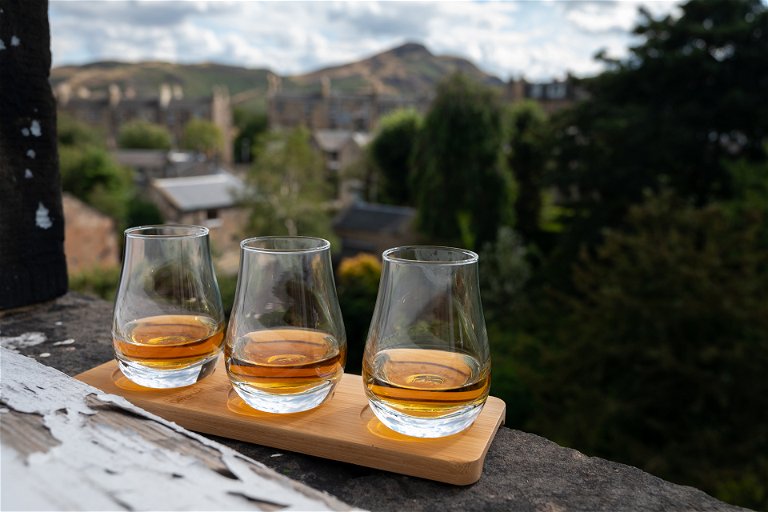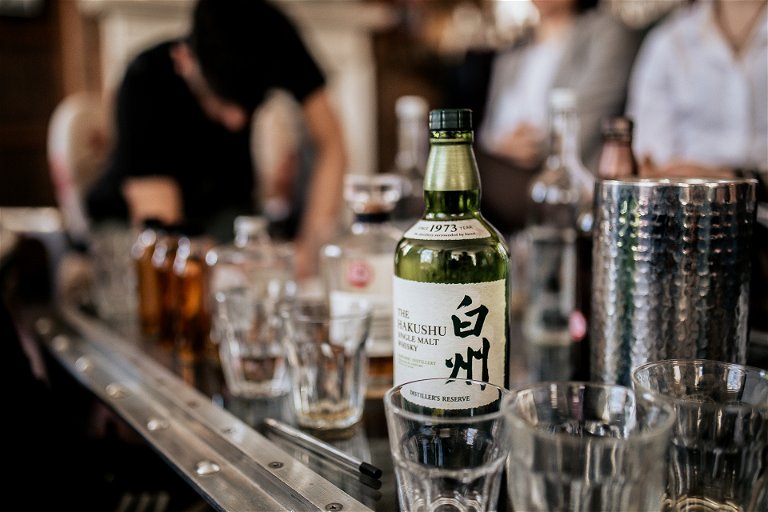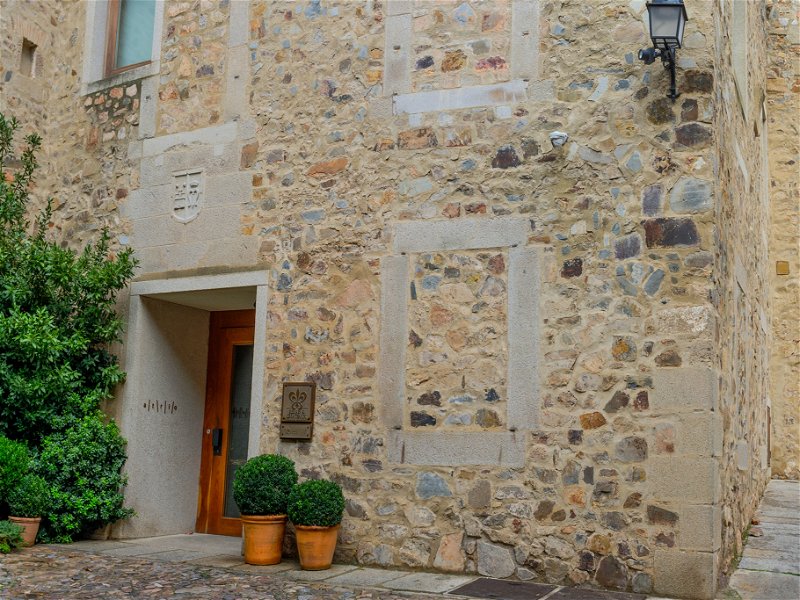Drinks investment: fortified & spirits
It’s not only dry wine that can offer rewarding returns on investment. The longer shelf life of fortified styles and spirits is just one of their attractions.
One aspect of wine that sets it apart from other popular investments such as art, jewellery or watches is that nagging issue of mortality. At some point, quite conceivably in your own lifetime, its maturation plateau will come to an end and the value of what’s inside the bottle becomes questionable. If you’re looking for options worth passing on to the grandchildren, then it might be better to reach for stronger stuff.
Gone are the days when port was a regular feature of the dinner table and you’d present the customary pipe of port (a generous 708 bottles) to your godchild. As modern drinking habits have led to a drop in consumption, so too has the urgency of replenishment diminished. Thankfully the tradition of declaring only three or four vintages per decade rations supply, but that declining demand is still inevitably reflected in the secondary market.
This year saw global trading platform Liv-ex remove Taylor’s port from its Rest of the World 60 index, replacing this venerable name with upstart Chilean brand Seña. Taken as a whole, its Port 50 index posted an uninspiring annual increase of just 1.1% a year ago. But lift the lid and there remain more dynamic pockets of activity.

The 2003 vintage – widely declared and just edging into its drinking window – saw a 17.2% rise, with Warre’s 2003 leaping 29.7%. Graham’s 1994 was another strong performer, its value rising 31.9%. However, a quick online search shows it’s still perfectly possible to buy recent vintages from the unusually long run of widespread declarations in 2015, 2016, 2017 and 2018, at the same or very similar level to their release price.
One tactic from port houses to generate some buzz is the rise of limited edition releases. Graham’s has a 2020 Bicentenary Edition Vintage Port in the pipeline, while sister property Warre’s will offer a 2020 Vinhas Velhas 350th Anniversary Edition Vintage port. Taylor’s now regularly releases single harvest tawny ports at 50 years old. Delicious? Yes. A wonderful golden anniversary or significant birthday gift? Certainly. But the investment grade of such limited offers is harder to calibrate.
While we’re in such a ruthlessly unsentimental mood, it’s worth remembering that the taxman may take a rather less benevolent view of fortified wine when it comes to Capital Gains Tax. In the UK, His Majesty’s Revenue & Customs is alarmingly vague on the issue, but does state that any wine which can be reasonably expected to last over 50 years cannot qualify as a wasting asset and therefore CGT exemption.
The same consideration applies to spirits, which have become an excitable field for more adventurous investors in recent years. According to the firm Whisky Investment Partners, “Scotch Whisky has consistently delivered average returns of 12% a year”. It offers a tempting case study of the recent 4,600% return on investment enjoyed by a canny bank manager who bought a cask each of Macallan and Tobermory 27 years ago.

Unlike port, whisky consumption is still reassuringly buoyant and increasingly widespread. The Scotch Whisky Association reports that 1.67 billion bottles were exported in 2022, the equivalent of 53 bottles per second, with the Asia-Pacific region enjoying a particular boom that shows little sign of slowing.
There are certainly opportunities here, but just as you wouldn’t expect any old claret to yield a return, so too it makes sense to choose your distillery with care. A league table compiled by specialist analyst RareWhisky101.com offers a helpful starting point. Top of the “Investors” list for 2021 were Springbank, Rosebank, Dalmore, Brora and Glenlury Royal.
It’s worth noting that of these names, only Springbank and Dalmore are still in production, the value of the other names lying largely in their ever-increasing scarcity. A separate “Collectors” league table showing the top brands in terms of combined volume and value at auction is topped by more active names: Macallan, Ardbeg, Bowmore, Springbank again and Highland Park.
Scotch may dominate the scene, but don’t overlook whisky from other corners of the world. In the last 20 years, collectors, especially in China, have gone crazy for the limited edition releases from Japanese distilleries such as Karuizawa and Hakushu. Anyone who picked up a bottle of Yamazaki Sherry Cask 2013 for its original £120 price tag might be interested to see auction hammer prices surpass £5,000 within a decade of release.

This is all heady stuff. But for a less volatile investment, it pays to give some thought to the companies behind so many of these individual distillery success stories. While several remain in private ownership, Laphroaig, Yamazaki and Bowmore all sit within the portfolio of Suntory, while top performing Islay single malts Ardbeg, Lagavulin and Caol Ila are part of the extensive Diageo stable.
It may feel less exciting than the tangible thrill of your own cask maturing in a warehouse, but professional investors are far more likely to be putting their cash into Diageo shares. The company may have fallen short of analysts’ expectations in its report for the last six months of 2022, but still posted a pretty buoyant net sales increase of 18.4% and 15.2% rise in operating profit.
The longer term view is also bright: Diageo investors have enjoyed a 37% gain over the last five years and an even stronger 450% gain over the last 20 years. You can’t drink it, but you can certainly raise a dram to it.













